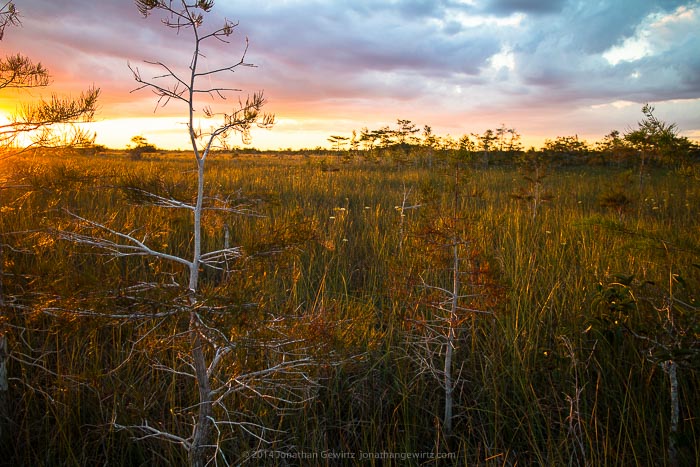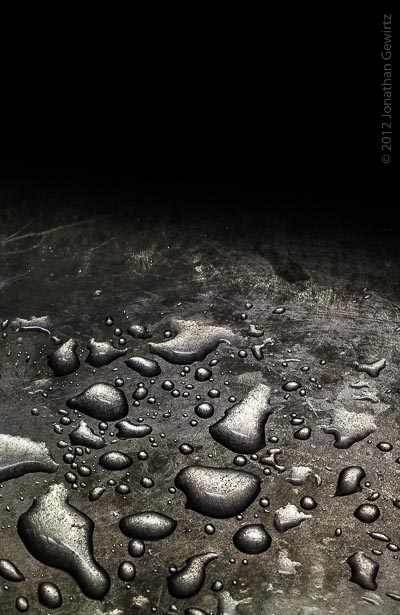
Photos
Pa-hay-okee Sunset
Everglades National Park, 2014.




Some Chicago Boyz know each other from student days at the University of Chicago. Others are Chicago boys in spirit. The blog name is also intended as a good-humored gesture of admiration for distinguished Chicago School economists and fellow travelers.
Everglades National Park, 2014.



